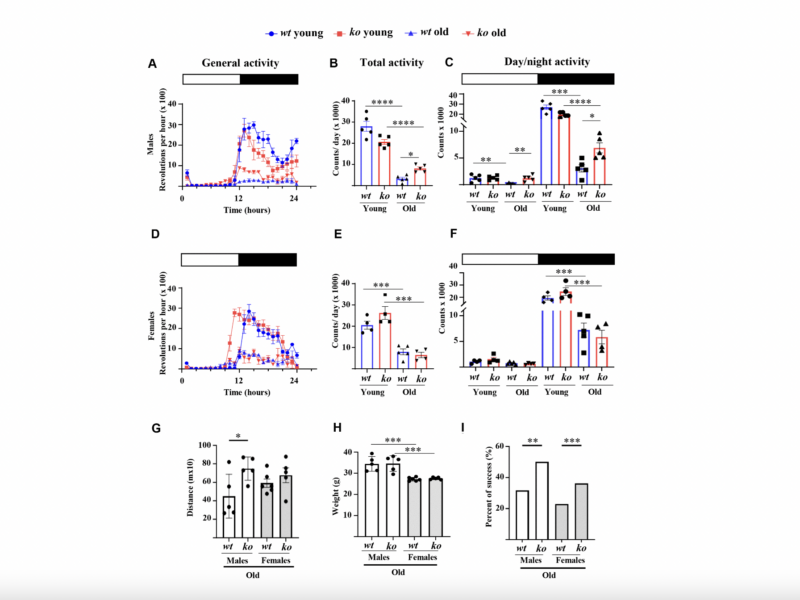A new research paper was published in Aging (listed by MEDLINE/PubMed as “Aging (Albany NY)” and “Aging-US” by Web of Science) on December 12, 2024, Volume 16, Issue 22, titled “Arginase-II gene deficiency reduces skeletal muscle aging in mice.”
Aging (Aging-US) Authors
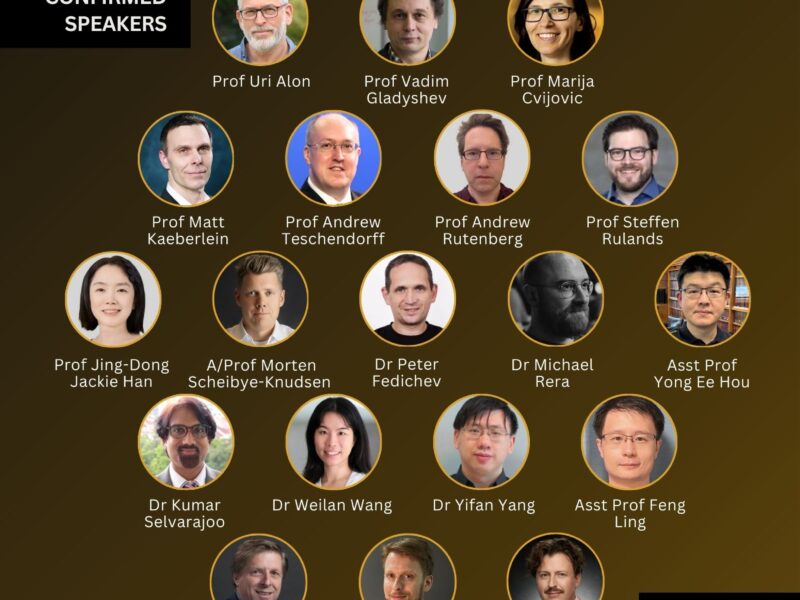
Aging (Aging-US) (listed by MEDLINE/PubMed as “Aging (Albany NY)” and “Aging-US” by Web of Science) partners with the inaugural Global Conference on Gerophysics, taking place from March 5–6, 2025, in Singapore. This groundbreaking event marks the launch of Gerophysics, an innovative field that applies theoretical physics concepts to the biology of aging, aiming to extend healthy human lifespans.
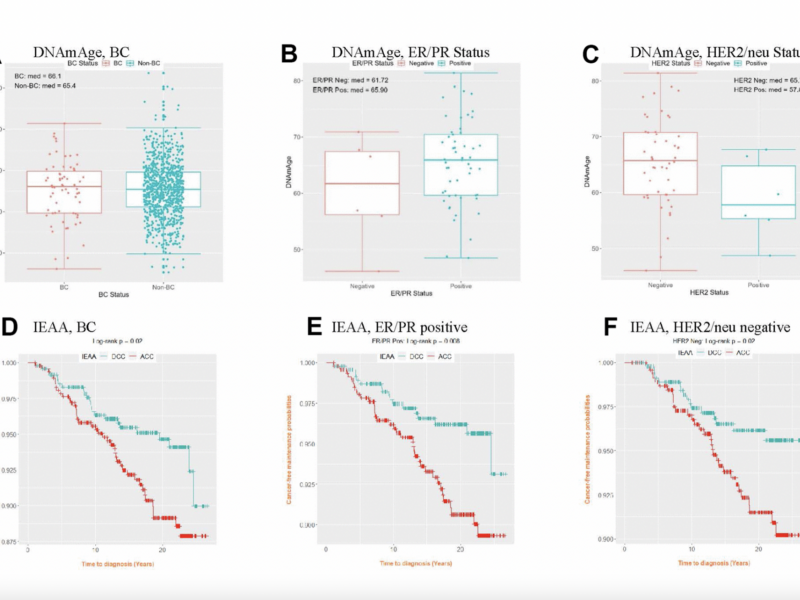
A new research paper was published in Aging (listed by MEDLINE/PubMed as “Aging (Albany NY)” and “Aging-US” by Web of Science) on December 5, 2024, Volume 16, Issue 22, titled “DNA-methylation age and accelerated epigenetic aging in blood as a tumor marker for predicting breast cancer susceptibility.”

A new research paper was published in Aging (listed by MEDLINE/PubMed as “Aging (Albany NY)” and “Aging-US” by Web of Science) Volume 16, Issue 22 on December 2, 2024, entitled “Less frequent skin ulcers among patients with Werner syndrome treated with pioglitazone: findings from the Japanese Werner Syndrome Registry.”

A new priority review was published in Aging (listed by MEDLINE/PubMed as “Aging (Albany NY)” and “Aging-US” by Web of Science) on January 12, 2025, entitled “Mikhail ‘Misha’ Blagosklonny’s enduring legacy in geroscience: the hyperfunction theory and the therapeutic potential of rapamycin.”
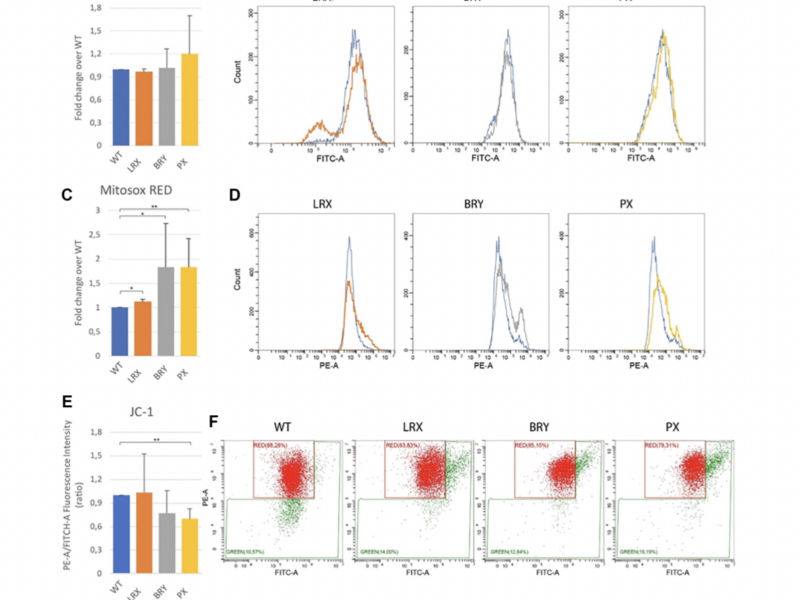
A new research paper was published in Aging (listed by MEDLINE/PubMed as “Aging (Albany NY)” and “Aging-US” by Web of Science) Volume 16, Issue 22 on November 26, 2024, entitled “When do the pathological signs become evident? Study of human mesenchymal stem cells in MDPL syndrome.”

A new research perspective was published in Aging (listed by MEDLINE/PubMed as “Aging (Albany NY)” and “Aging-US” by Web of Science) Volume 16, Issue 22 on December 18, 2024, entitled “Brown adipose tissue enhances exercise performance and healthful longevity.”

A new research perspective was published in Aging (listed by MEDLINE/PubMed as “Aging (Albany NY)” and “Aging-US” by Web of Science) Volume 16, Issue 22 on December 9, 2024, entitled “Nuclear lipid droplets: a novel regulator of nuclear homeostasis and ageing.”
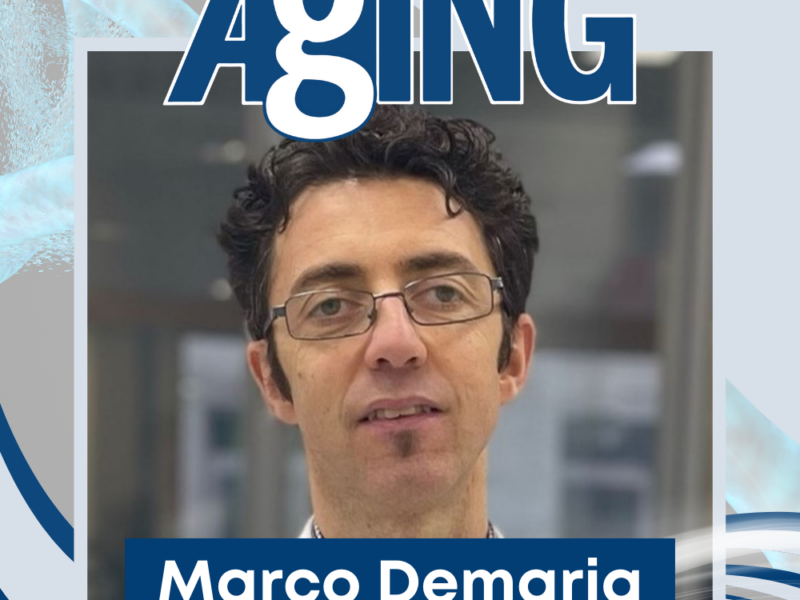
We are pleased to announce that Dr. Marco Demaria, a leading expert in aging and cellular senescence, will join Aging (Aging-US) as Editor-in-Chief, starting January 1, 2025. Dr. Demaria will work alongside an esteemed Editorial Board.

A new priority research paper, featured as the cover of Aging (listed by MEDLINE/PubMed as “Aging (Albany NY)” and “Aging-US” by Web of Science) Volume 16, Issue 22, was published on December 29, 2024. The paper is titled “Cell-type specific epigenetic clocks to quantify biological age at cell-type resolution.”
